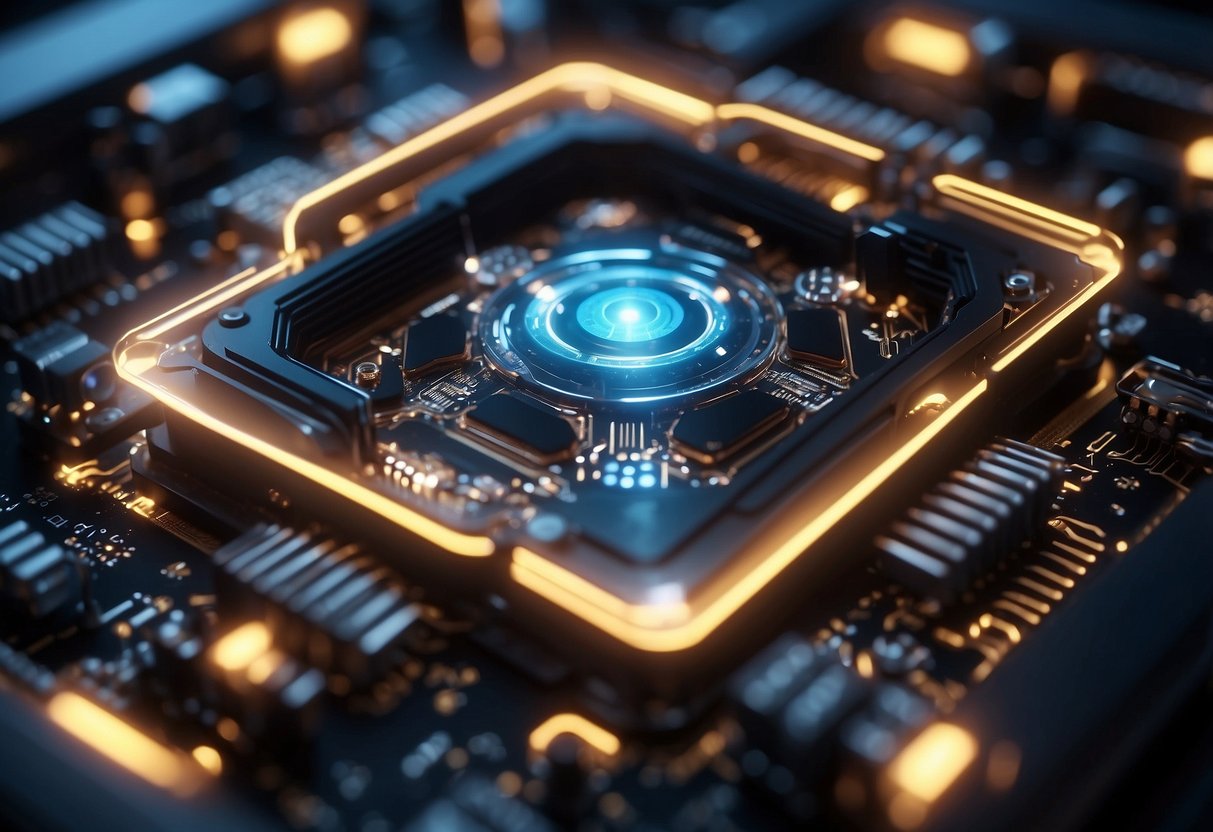
Quantum computing is emerging as a key player in the landscape of next-gen technology. Its potential to revolutionize artificial intelligence and various industries cannot be overstated. Unlike classical computers, which process information in bits, quantum computers use qubits. These qubits can exist in multiple states simultaneously, drastically increasing computational power and efficiency.
Industries like pharmaceuticals and finance are poised to benefit significantly from quantum advancements. For example, quantum computing can optimize complex chemical reactions, accelerating drug discovery and personalized medicine. In finance, it offers new ways to approach risk analysis and portfolio management, providing a competitive edge.
Quantum computing also holds immense promise for artificial intelligence. By enhancing machine learning algorithms and enabling faster data processing, it can push AI capabilities to new heights. This synergy between AI and quantum technology could unlock innovations that seem almost unimaginable today.
Fundamentals of Quantum Computing
Quantum computing offers a significant shift from classical computing by leveraging the principles of quantum mechanics to process information in ways previously thought impossible. Central concepts include qubits, superposition, entanglement, and quantum coherence.
Qubits Versus Classical Bits
Classical bits are the fundamental units of information in traditional computing, represented as either 0 or 1. In quantum computing, qubits take this a step further.
Qubits can exist simultaneously in a superposition of both 0 and 1 states. This capability exponentially increases processing power, enabling quantum computers to solve complex problems much faster than classical computers. The qubit’s ability to represent multiple states at once is a cornerstone of quantum computing’s potential.
Additionally, qubits can be made using various physical systems such as atoms, ions, or superconducting circuits. Each implementation has its specific advantages and technical challenges.
Quantum Superposition and Entanglement
Superposition allows qubits to be in multiple states at the same time. This principle enables quantum computers to perform many calculations simultaneously.
Entanglement, on the other hand, connects qubits in such a way that the state of one qubit can instantly influence the state of another, no matter the distance between them. This interconnectedness grants quantum systems unparalleled computational abilities.
Quantum entanglement is a unique resource that significantly boosts computational power. However, it also introduces significant complexities in maintaining and manipulating entangled qubits without error.
Quantum Coherence and Decoherence
Quantum coherence refers to the ability of qubits to maintain their quantum state over time. This property is crucial for performing accurate and reliable calculations.
Decoherence is the loss of quantum coherence, primarily due to interaction with the external environment. This phenomenon poses one of the most significant challenges in building practical quantum computers.
Ensuring long coherence times is vital for the development of robust quantum computers. Researchers are actively exploring error-correction techniques and new qubit materials to address this issue.
Maintaining quantum coherence is vital, but even small interactions with the environment can lead to decoherence, disrupting calculations. Thus, ongoing research focuses intensely on minimizing decoherence to harness the full potential of quantum computing.
Quantum Computing Hardware
Quantum computing relies on various types of hardware to operate, each with its specific principles, advantages, and challenges. This section explores the primary technologies, focusing on superconducting qubits, trapped atoms and ions, and photonic quantum computing.
Superconducting Qubits
Superconducting qubits are integral to many modern quantum processors. These qubits are constructed using superconducting materials that exhibit zero electrical resistance at very low temperatures.
The process often employs Josephson junctions, which control the qubit states through magnetic fields.
IBM, Google, and Rigetti Computing have made significant advancements in this field. The advantage lies in high-speed operations and well-established microfabrication techniques, familiar from classical computing. Nonetheless, maintaining extremely cold temperatures requires complex and costly refrigeration systems.